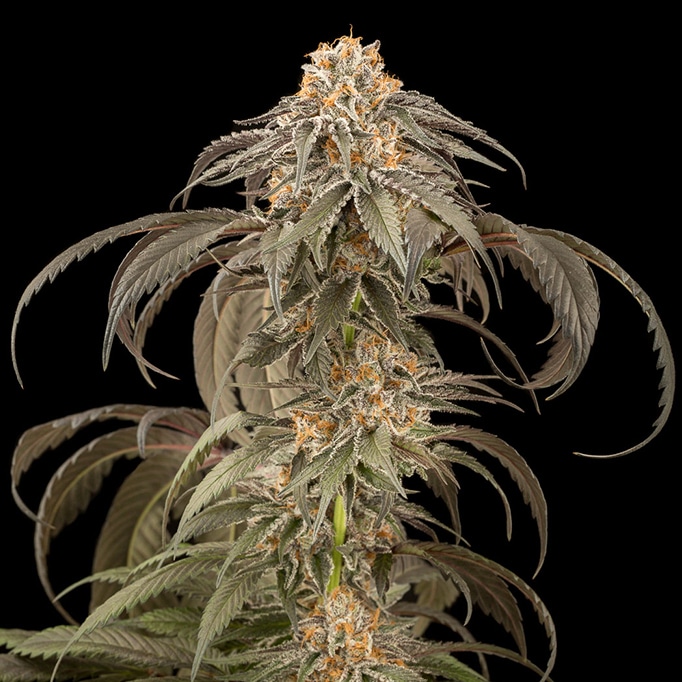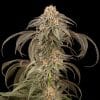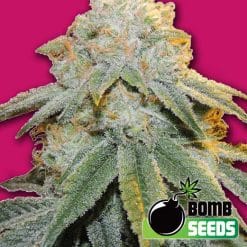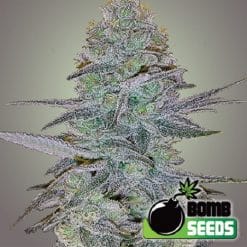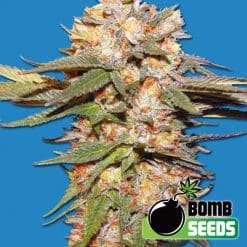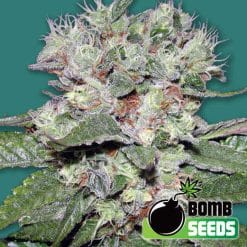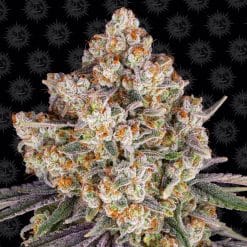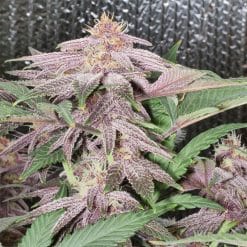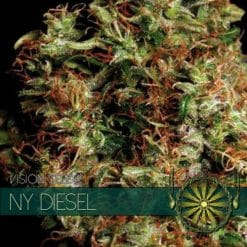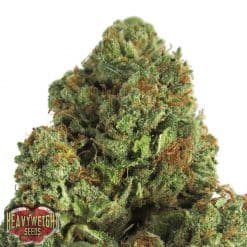- 1st prize in the ‘Outdoor’ category at Cannabis Cup 2017 (Lanzarote)
- 3rd prize in the ‘Indica’ category at Copa Cannazores 2016
- 1st prize in the ‘Indica’ category at Expogrow 2015
- 2nd prize at Copa Mega Cata Invernal MF 2015
- 3rd prize in the ‘Indoor Bio’ category at Spannabis 2015 (Malaga)
Purple Afghan Kush delivers incredibly dense and highly resinous buds, in a ratio of 500 g/m2. The amount of resin produced by this strain is also remarkable and of outstanding quality. In fact, as the flowering progresses, all leaves and buds are covered by a thick layer of sticky trichomes. Like this, PAK takes on a majestic white/silvery appearance that contrasts marvelously with her beautiful blue, purple and lavender hues.
After her natural beauty, this is the most surprising and rewarding feature of Purple Afghan Kush. Smelling so fresh and so fruity, we’d feel as if we were holding a pineapple and we sliced it. That’s precisely the scent that PAK gives off. Despite the earthy and spicy aroma of her Kush predecessors, this Afghan strain smells of a tropical cocktail.
Purple Afghan Kush provides a very nice sensation of relaxation. Her high THC levels don’t provoke an unbearably cerebral effect but they do help alleviate muscle tension. You’re sure to go through a long-lasting physical and cerebral period of peace which is nowhere near mind-blowing. Widely used as therapeutic marijuana.
Purple Afghan Kush is easy to grow. She’s capable of withstanding extremely hot and dry weather conditions without any difficulties. The amount of irrigation water, but not the frequency of the irrigation sessions, should be reduced by 10 % compared to other cannabis plants. Let’s remember that, despite her tropical scent, Purple Afghan Kush has been raised in the Hindu Kush mountains, which is why she can thrive in dry, extreme climates.
However, there is one aspect we have to be very careful with: the vegetative time. Her being so short makes it necessary for her growth period to be a bit longer than usual, so extending it some 20 extra days before the flowering is highly advisable. This means we should wait about a month and a half before the visual show starts, that is, before the 60-day flowering kicks off.


